Changbai mountain Wanda International Resort is located in Fusong County, Jilin Province, at the West foot of Changbai Mountain. It covers an area of 21 square kilometers and is located in the golden skiing latitude belt of 42 ° north latitude. In winter, it is a famous ski resort in China. It has an ultra long snow period from mid November to early April of the next year. Combined with the pot shaped terrain, ecosign, the design team of the Winter Olympics, has carefully built more than 30 snow tracks; Night lighting snow track, from magic carpet to high-level track; The terrain park consists of the international standard U-shaped single board pool, the big jump platform, the slope obstacle course and the cross-country ski course, which fully meets the needs of high-level enthusiasts and athletes to release their true selves.

℃

Weather

Snowfall
12cm
24Hours
35cm
7Days

Cable Car
4/6
Open

Snow track
0/11
Close
0/7
Close


Login
Password login
Don't have account yet?Click Register Forgot password?
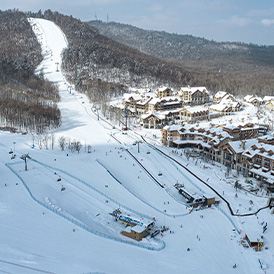
Member registration
I am a member, log in now
Free registration,
Get the latest
events and special offers
Enjoy the
courtesy of
membership rights and interests
Forget password
Return to login
Free registration,
Get the latest
events and special offers
Enjoy the
courtesy of
membership rights and interests

 Login
Login







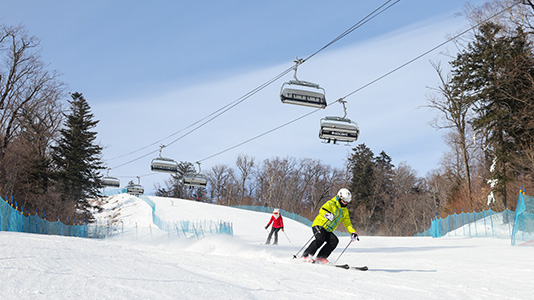

Skiing
This is a famous ski resort in China. Ecosign has carefully built more than 30 ski trails during the super long snow season
Changbai mountain Wanda International Resort is located in Fusong County, Jilin Province, at the West foot of Changbai Mountain. It covers an area of 21 square kilometers and is located in the golden skiing latitude belt of 42 ° north latitude. In winter, it is a famous ski resort in China. It has an ultra long snow period from mid November to early April of the next year. Combined with the pot shaped terrain, ecosign, the design team of the Winter Olympics, has carefully built more than 30 snow tracks; Night lighting snow track, from magic carpet to high-level track; The terrain park consists of the international standard U-shaped single board pool, the big jump platform, the slope obstacle course and the cross-country ski course, which fully meets the needs of high-level enthusiasts and athletes to release their true selves.
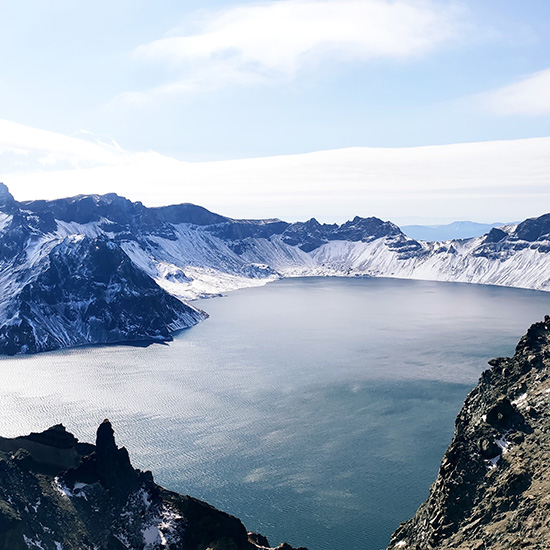

The West Of Tianchi Lake
The west slope of Changbai Mountain needs climbing to see Tianchi Lake. There are 1442 steps at a distance of 900 meters. It is enough to climb slowly for half an hour.
The western slope of Changbai Mountain needs climbing to see Tianchi Lake. There are 1442 steps at a distance of 900 meters, and half an hour's slow climbing is enough. Wild flowers bloom in twos and threes on the hillsides on both sides of the steps. The air is fresh and comfortable, and the sky is blue. Looking back, you can see the endless mountains in the sky. In summer, the Northeast ultraviolet rays are strong, so you should pay special attention to sunscreen. The angle of the Tianchi Lake on the west slope is wider, and the Tianchi lake looks particularly beautiful and shocking from here. A boundary pillar can also be seen at an altitude of 2200 meters. The boundary pillar is located between the border between China and North Korea. When tourists come here, they will basically stop and take photos, or experience the feeling of stepping on the border between the two countries. Looking at the national emblem and the Chinese characters on the boundary pillar, the whole person immediately stands in awe.
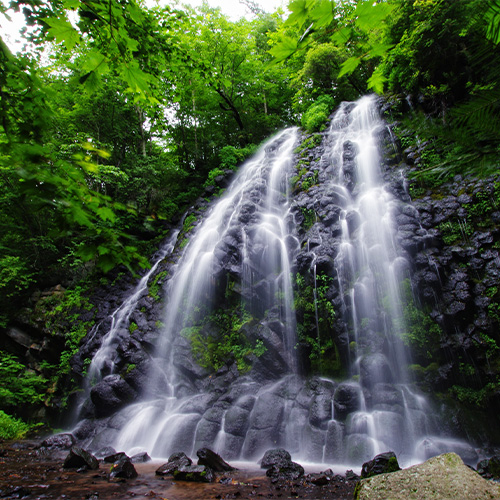

Wangtian'e
Wangtian'e Scenic Area is a national AAAA level tourist area, located in Wangtian'e volcano, the second highest peak in Northeast China
Wangtian'e Scenic Area is a national AAAA level tourist area. It is located at Wangtian'e volcano, the second highest peak in Northeast China. It is 2051.4 meters above sea level and only 32 kilometers away from Changbai Mountain Tianchi. The underground magma overflowing from the eruption of the volcano condenses at an altitude of 1100 meters to 800 meters, forming a lava platform. Weathering and denudation over the years have created this basalt Grand Canyon stretching for nearly a hundred miles.
The charming scene of strange stones and waterfalls in the canyon makes people feel like they are in the paradise described by Tao Yuanming, dreaming and intoxicated. The stone walls in the valley are all composed of jointed hexagonal bar shaped basaltic rock pillars, which are either tightly clustered and upright, like Optimus pillars; Or stacked horizontally, just like a ladder to heaven; Or arranged in a fan shape, just like a peacock.






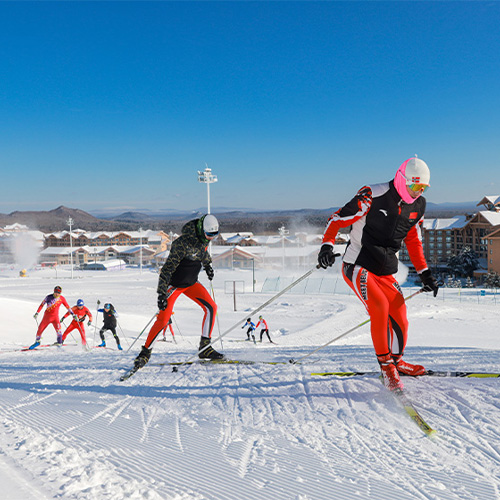

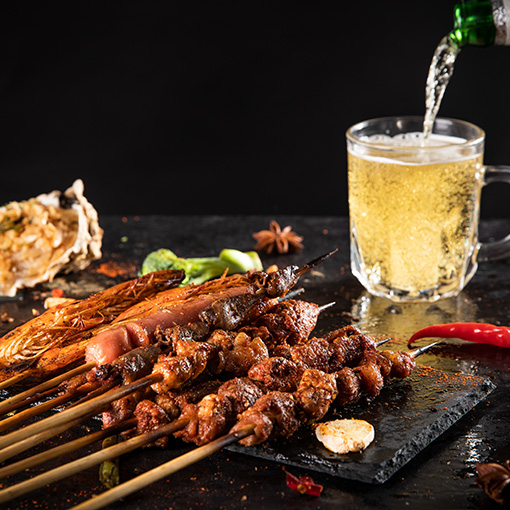
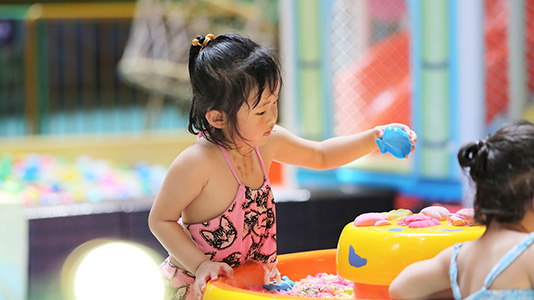
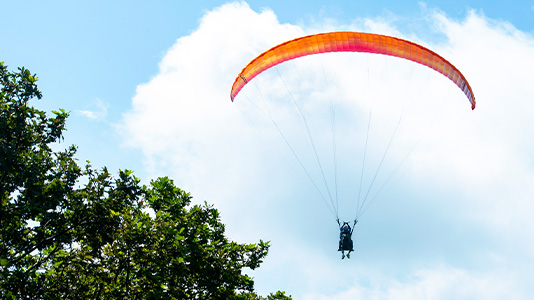
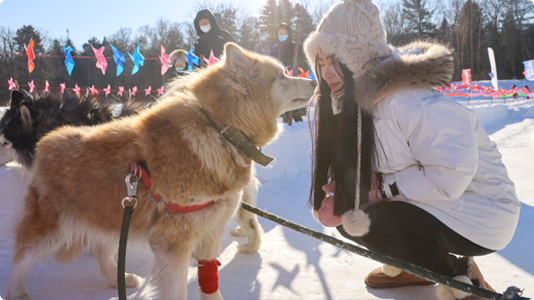
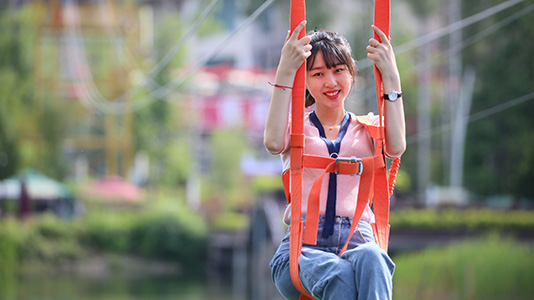
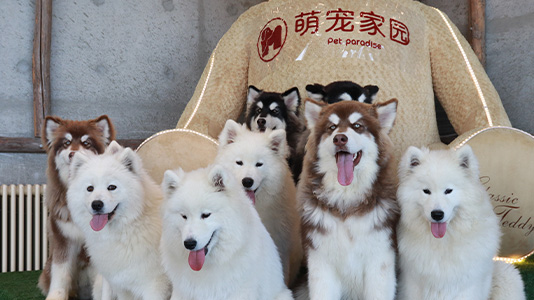
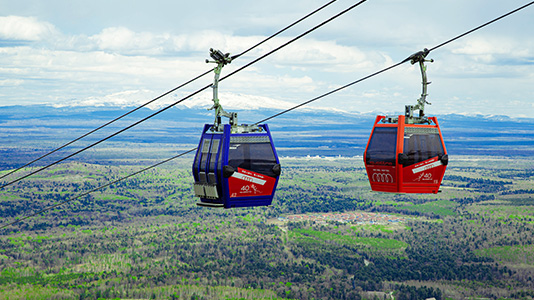
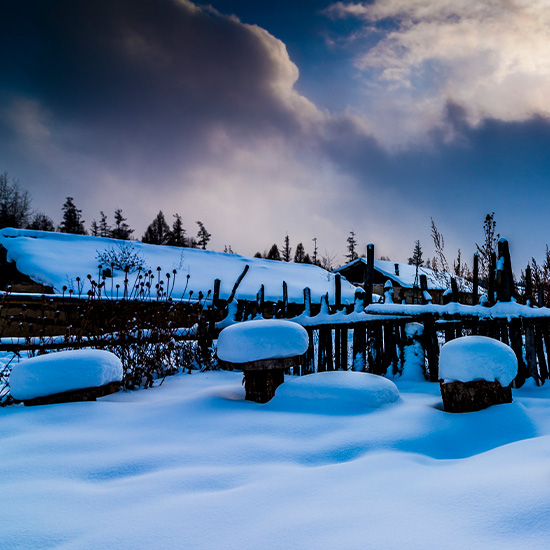
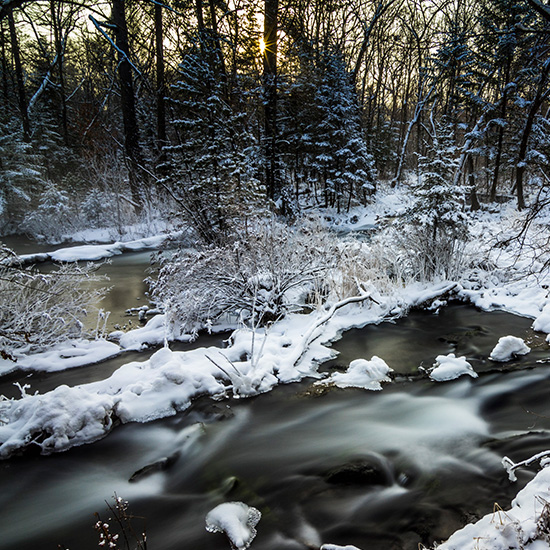
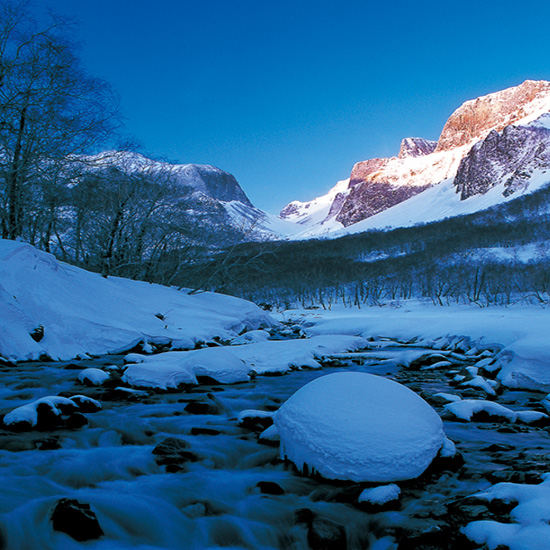
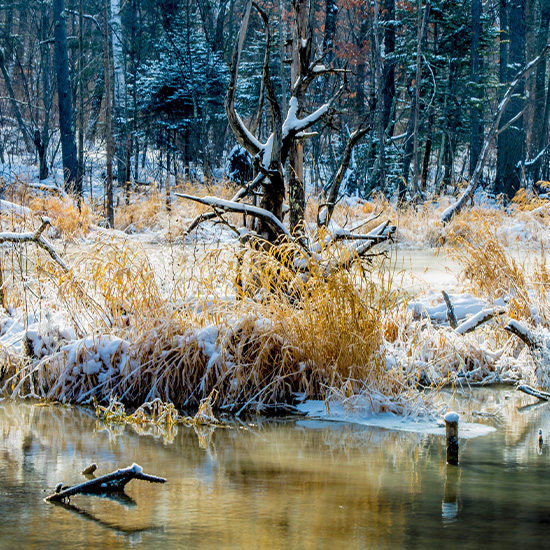
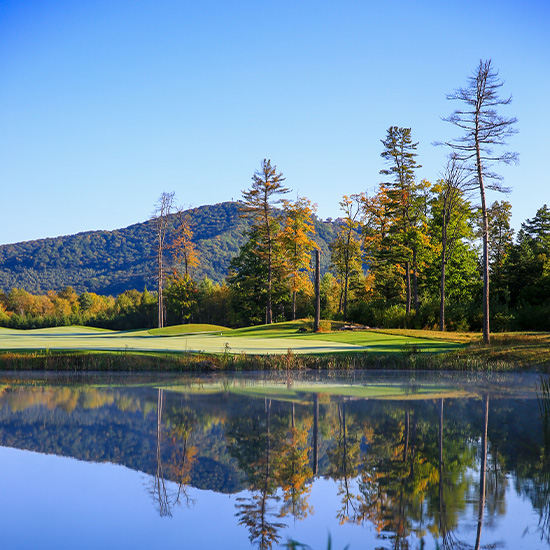
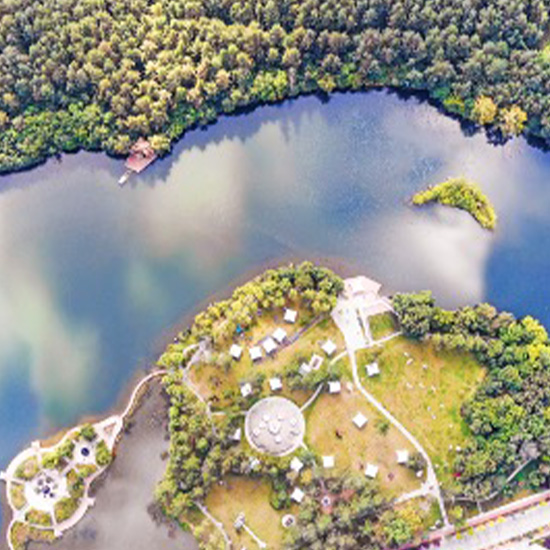
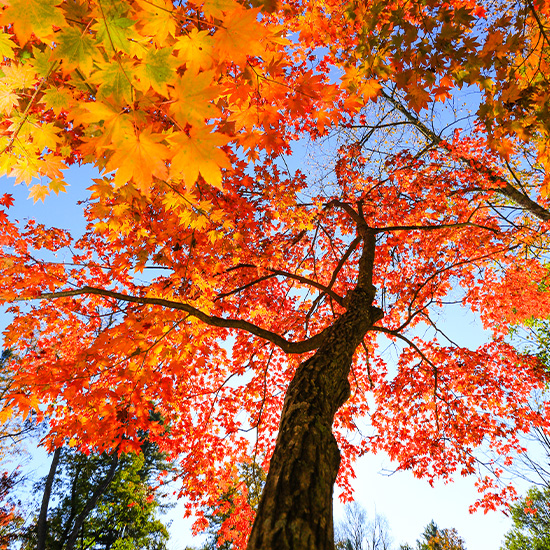
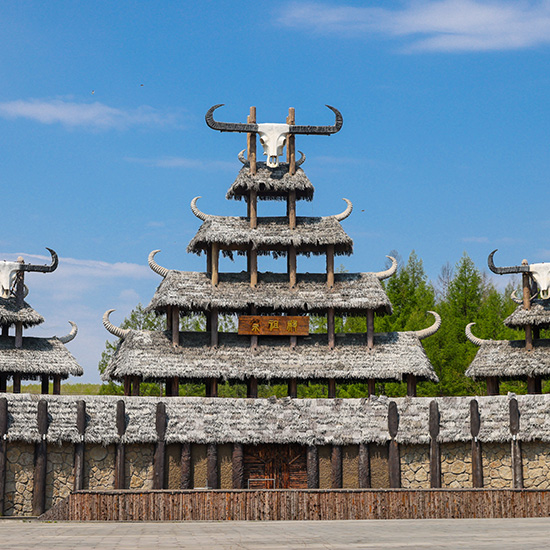
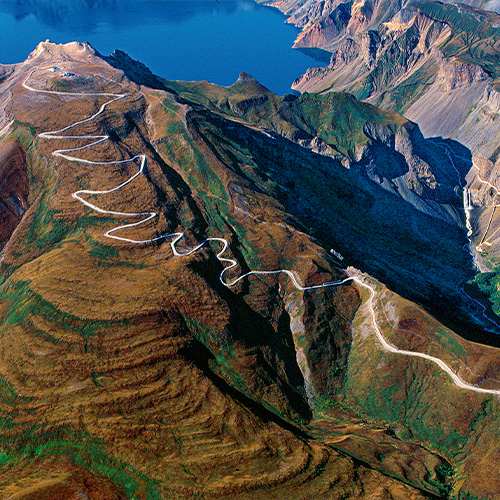
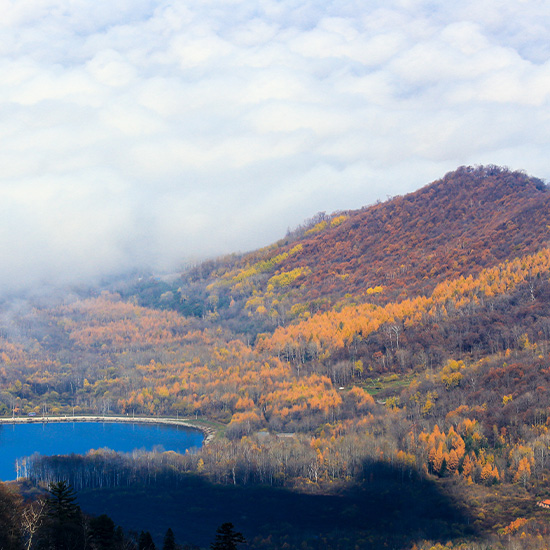
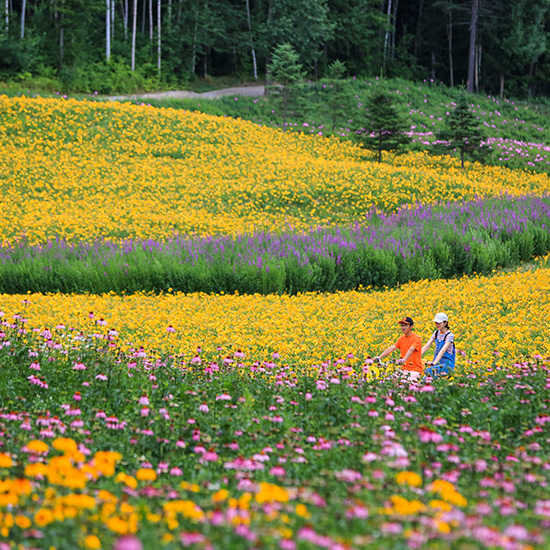
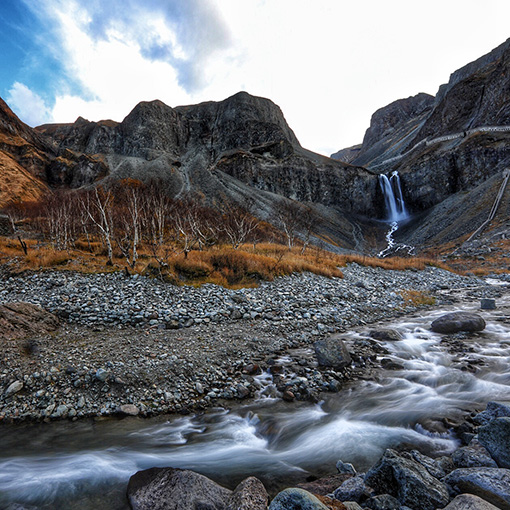
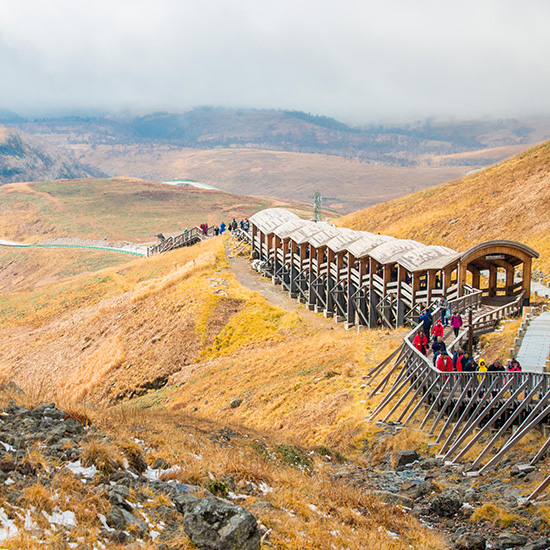
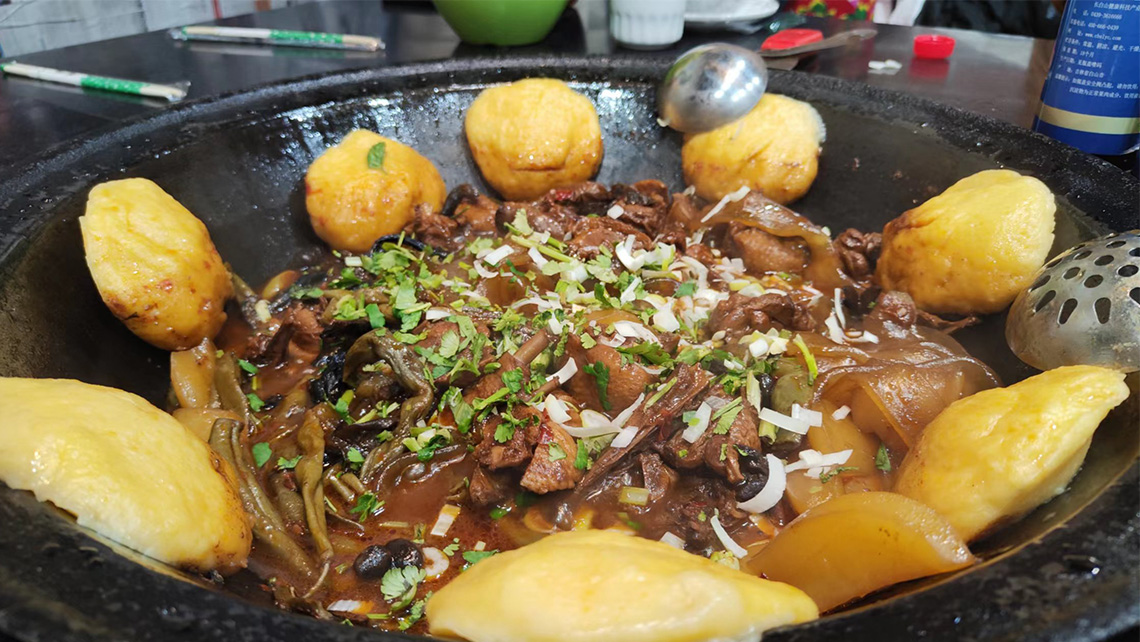
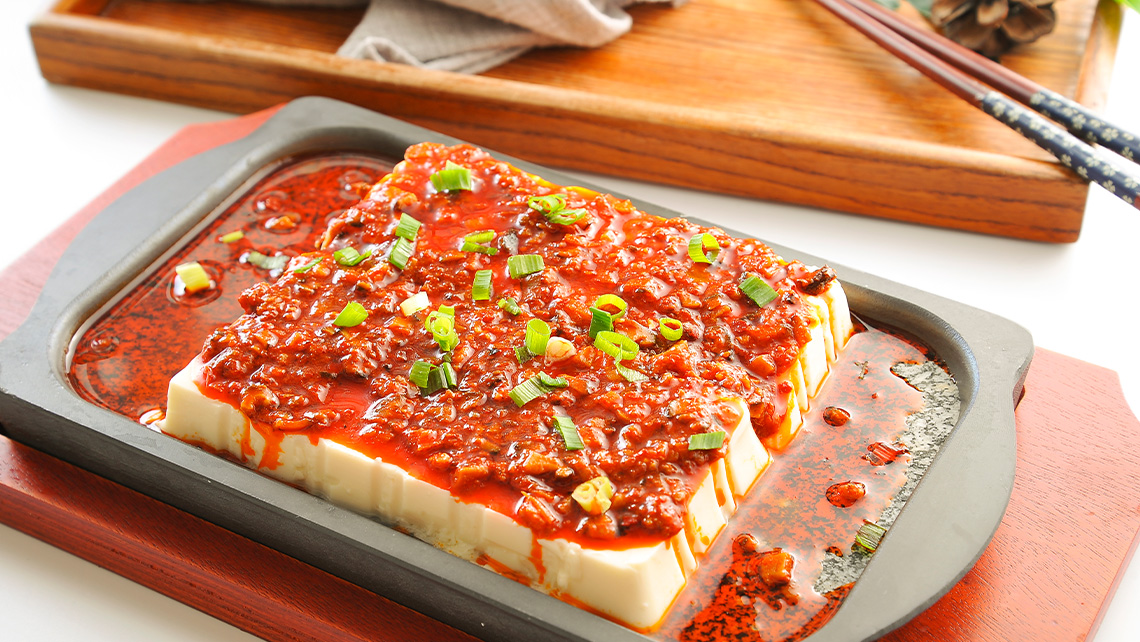
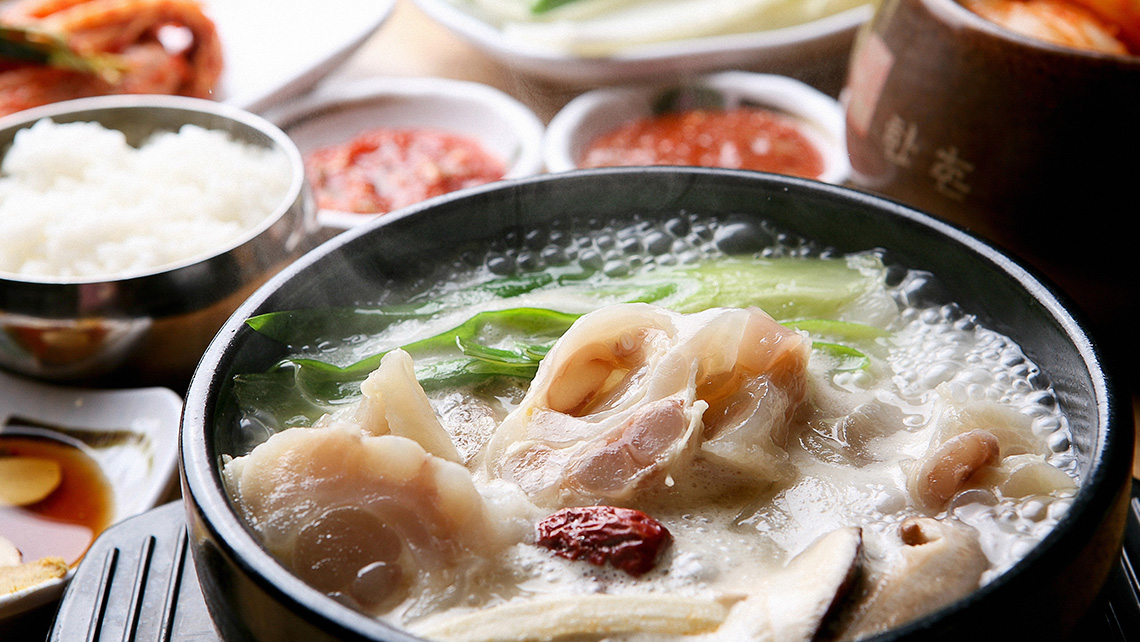
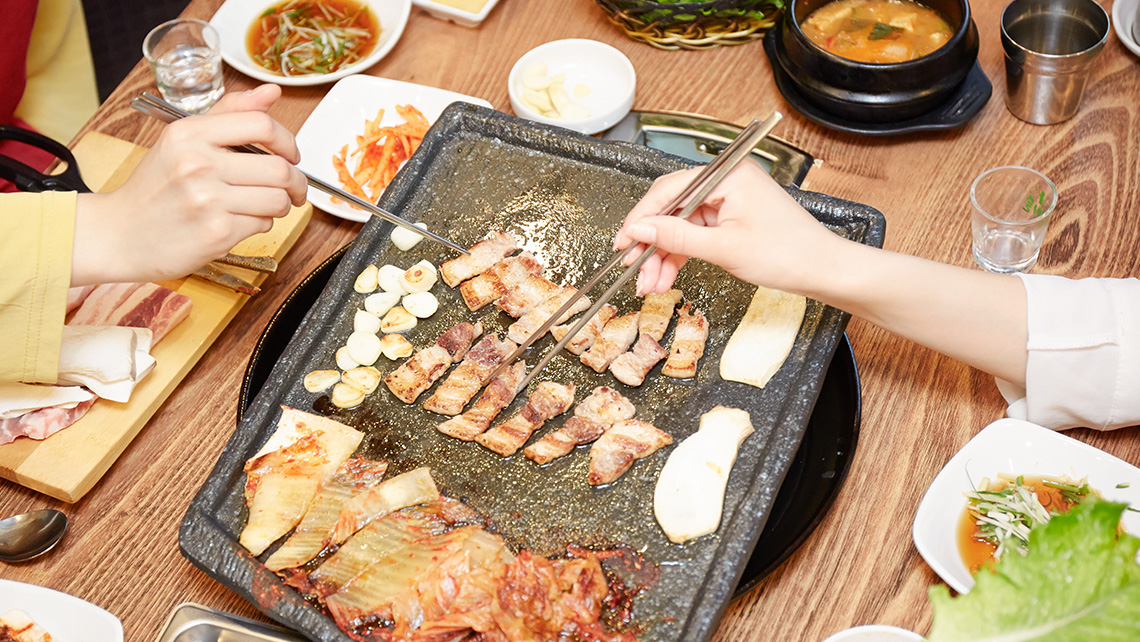
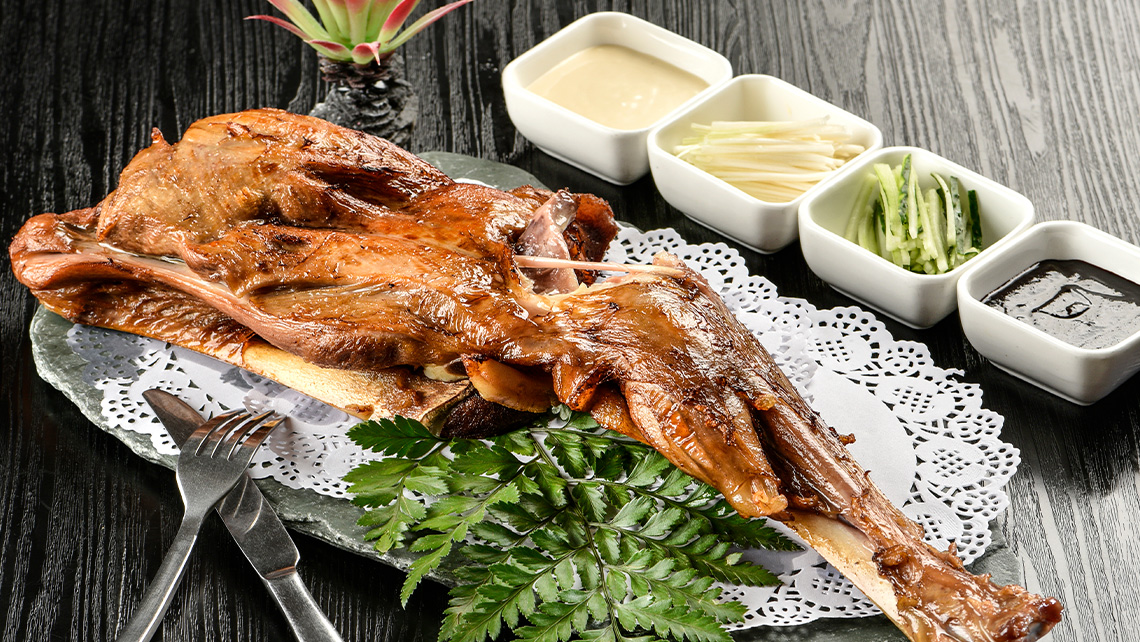
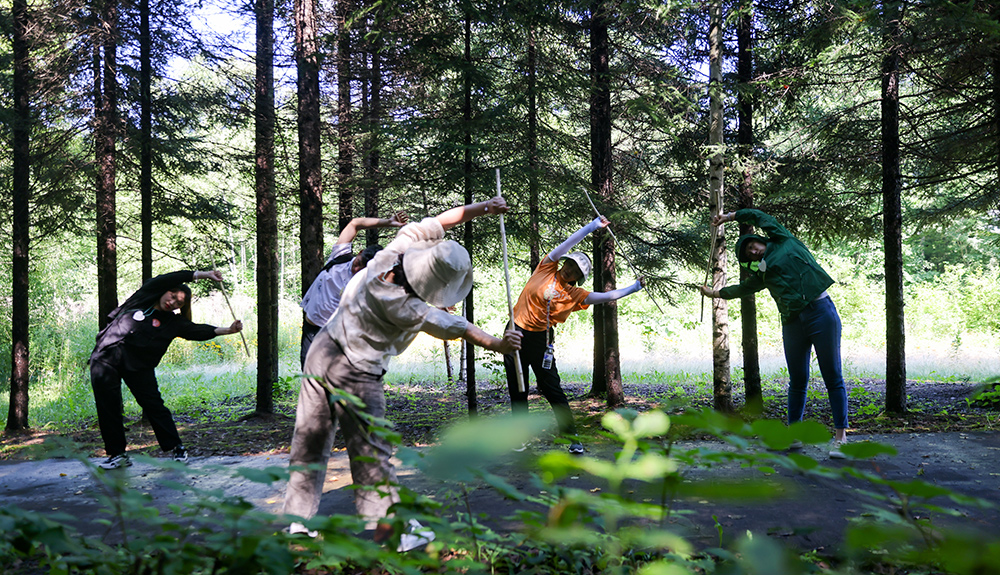
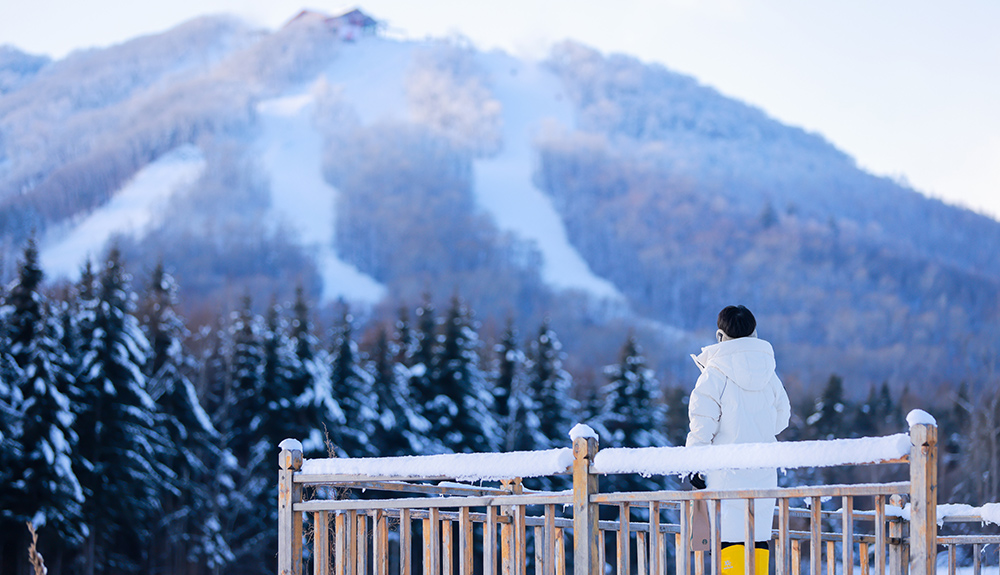
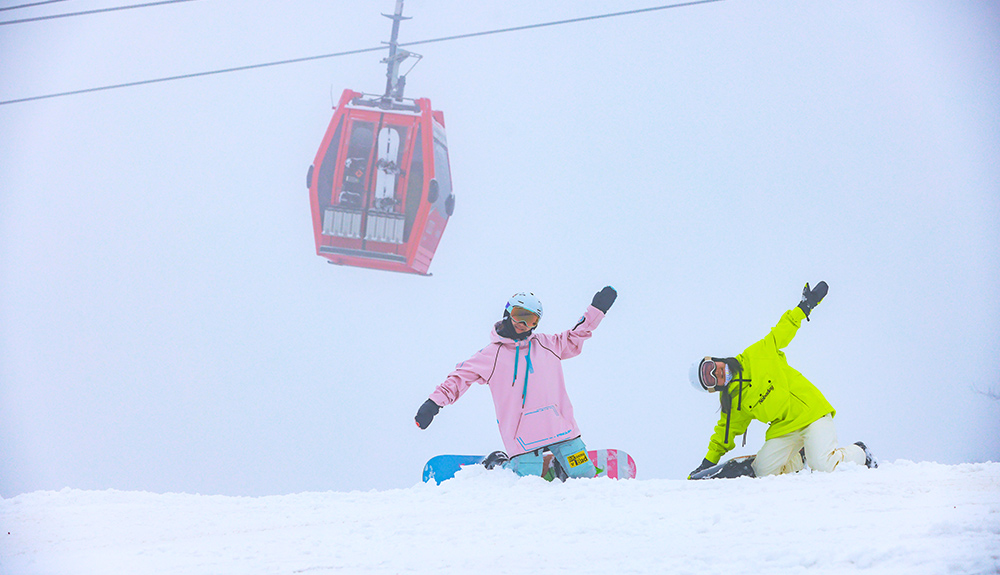



 京公网安备 11010502050825号
京公网安备 11010502050825号


